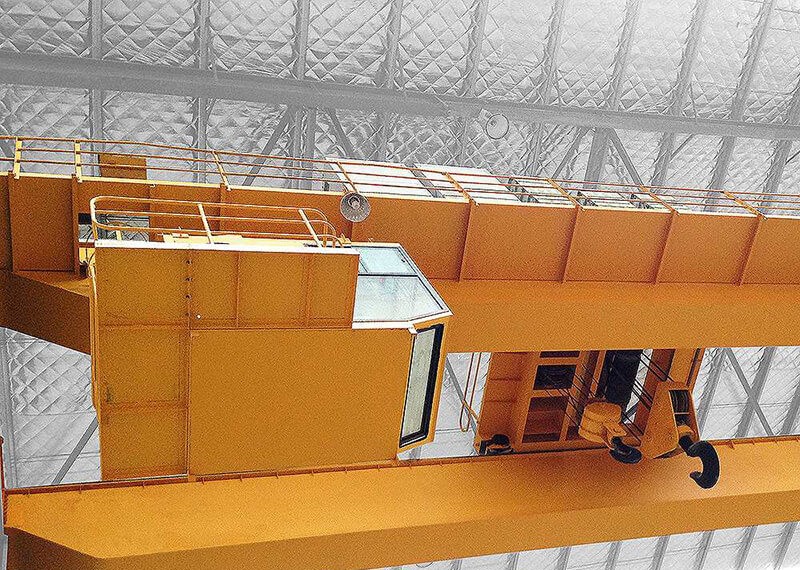
Bridge cranes are operated in accordance with operating regulations
1. The personnel involved in lifting operations, including drivers, crane workers, signal commanders, electric welders, etc., should be special operations personnel, who have undergone professional training, inspection and certification, and confirmed by physical examination to be able to carry out high-altitude operations;
2. Before lifting and hoisting operations, the site should be surveyed specifically, and a special construction plan should be prepared in accordance with the characteristics of the project and the operating environment, and approved by the technical person in charge of the enterprise. The content should include: site environment and methods, project outline and construction technology, hoisting machinery The selection is based on the planning and accounting of lifting poles, the planning of ground anchors, the planning and selection of steel wire ropes and rigging, the requirements of ground endurance and roads, the placement of components, and various protection methods in the hoisting process;
3. After the hoisting machinery enters the site, it shall be inspected and accepted. The hoisting machinery assembled from the beginning shall be tested according to the rules, including static load and dynamic load experiments, and the sensitivity and reliability of various devices shall be tested. After the pick-up poles are assembled as planned, they should be tested by hoisting to confirm that they meet the requirements before they can be used;
4. In addition to regular maintenance in accordance with the rules, the crane should also be operated regularly every year, including additional load and overload tests, to check its mechanical properties, structural deformation and load capacity. If the rules are not met, the load should be reduced. ;
5. Before the use of lifting rigging slings, check and accept one by one according to the requirements of the construction plan;
6. The road for crane operation should be checked, and paving methods such as subgrade boxes should be used when the ground endurance requirements are not met;
7. The materials used for various protection methods of lifting and hoisting, the erection of scaffolding, and the preparatory operations such as the enclosure of dangerous operation areas shall meet the requirements of the plan.


